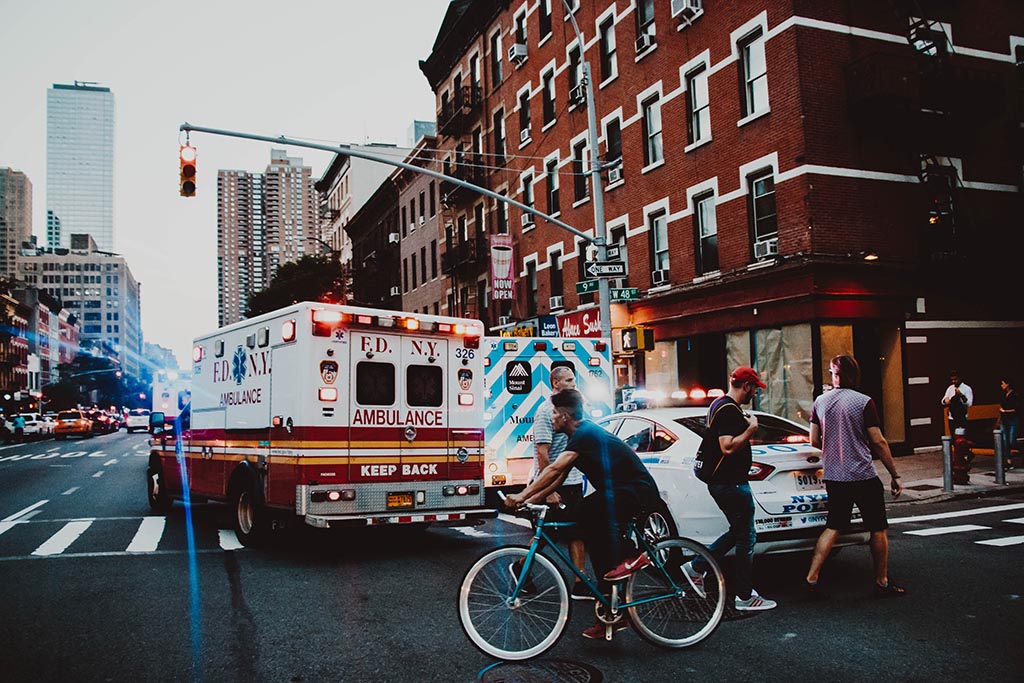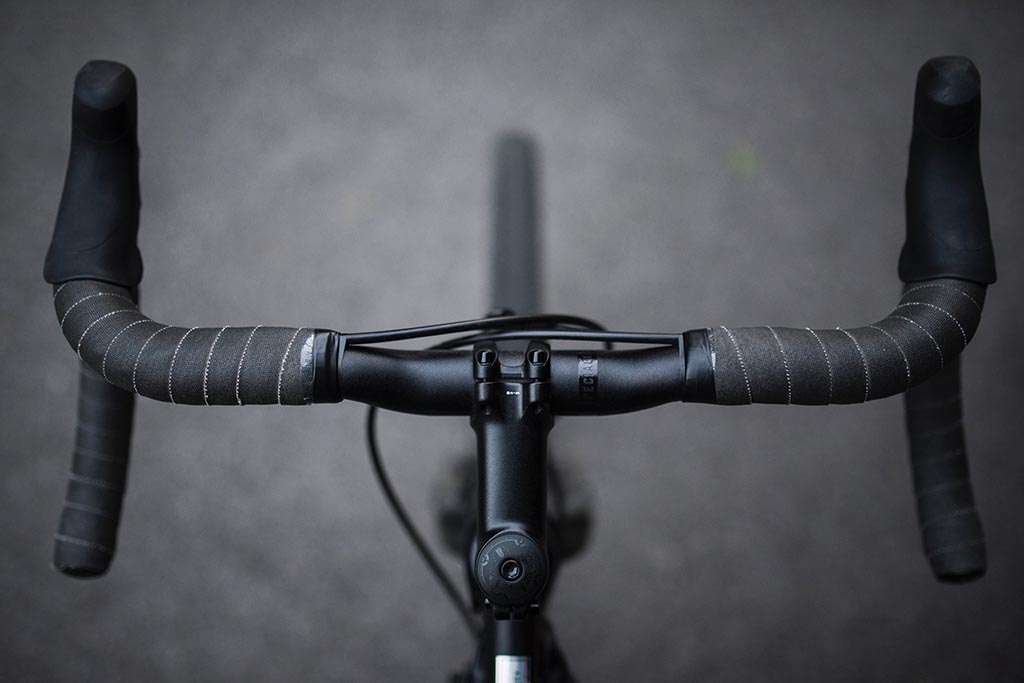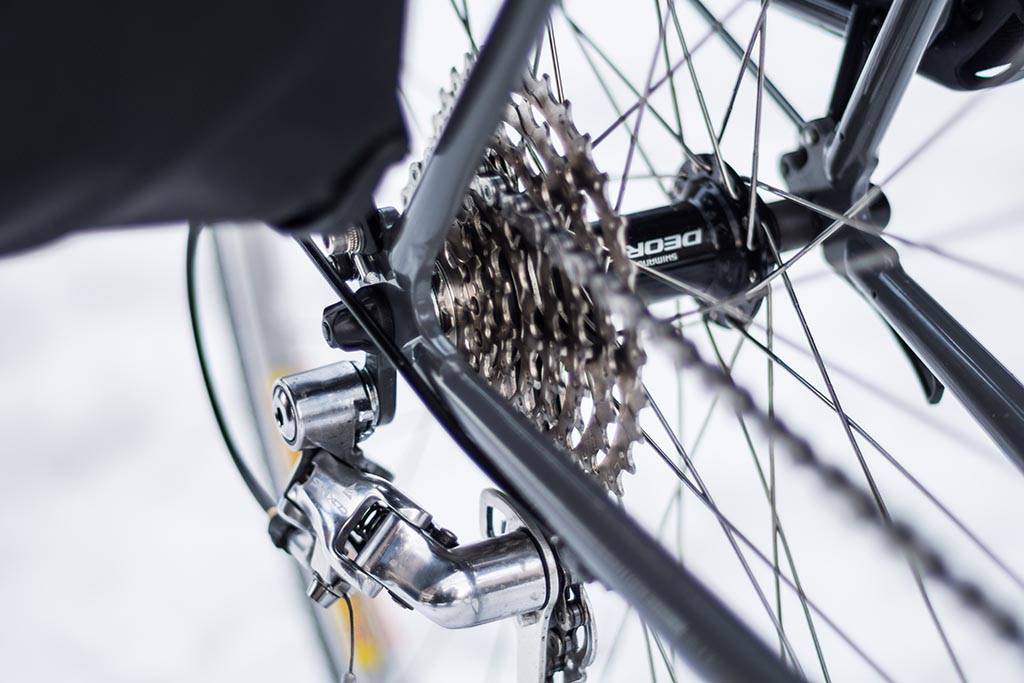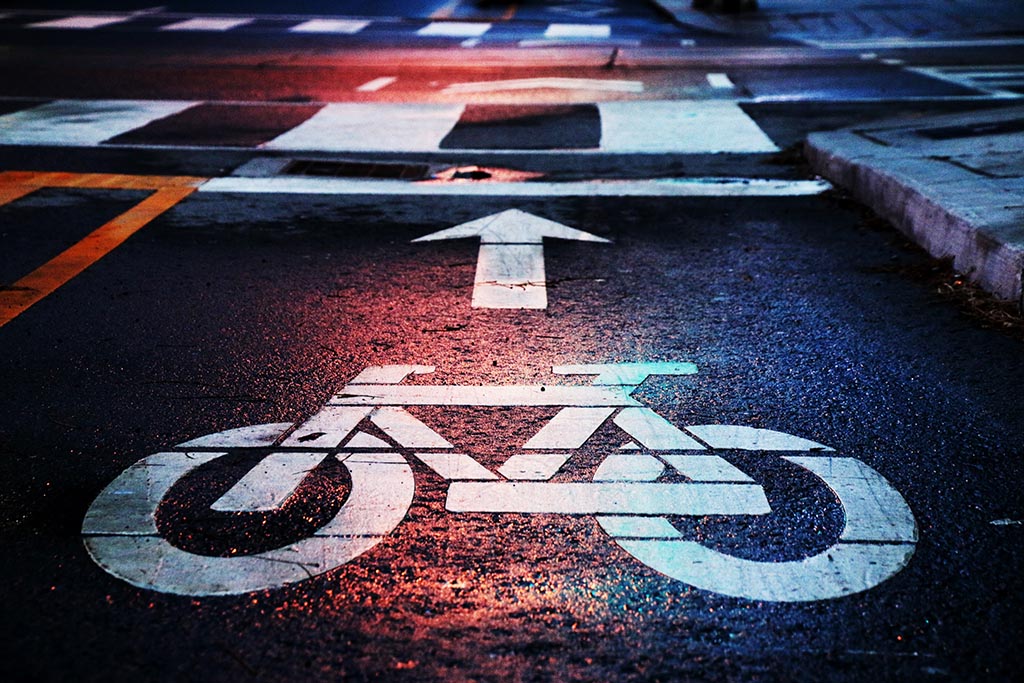When it comes to bicycle safety, it’s not just important how you ride your bike, but also where you ride it. Here are some tips for riding your bike in the right places.
Choose a Quieter Route
If there are two routes, one which crosses many busy intersections and another that goes on side roads, take the one that goes on the side roads. It might take you slightly longer to get to your destination, but it’s worth it. And hey, you’ll get some more exercise and enjoy a quieter ride and better scenery.
Ride at the Right Time of Day
It’s not just where you ride, it’s when you ride. Obviously, riding at night should be avoided if you can ride at day instead. However, there are times of day when traffic is a lot heavier and people are in a rush to get to their destinations. If possible, ride at a time of day when people are at work and the roads are quieter.
Be Careful On Narrow Roads
When riding on roads that are very narrow and barely allow for a car to get through, exercise caution. If possible, avoid them. This is especially true when there is no grass or woods where you can drive into in the case of an emergency, such as if there is a wall.
Don’t Ride Right Next to Curb
You don’t want to ride in the middle of the road, but riding right next to the curb is wrong too. First of all, all the gravel, gutters, potholes, and debris will make for a shaky ride. There may be obstacles that force you to swerve unpredictably into the flow of traffic. In addition, you have no leeway in case you need to get out of a car’s way.
For legal help in case of an accident, contact us right away.










